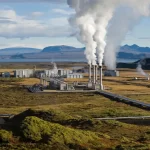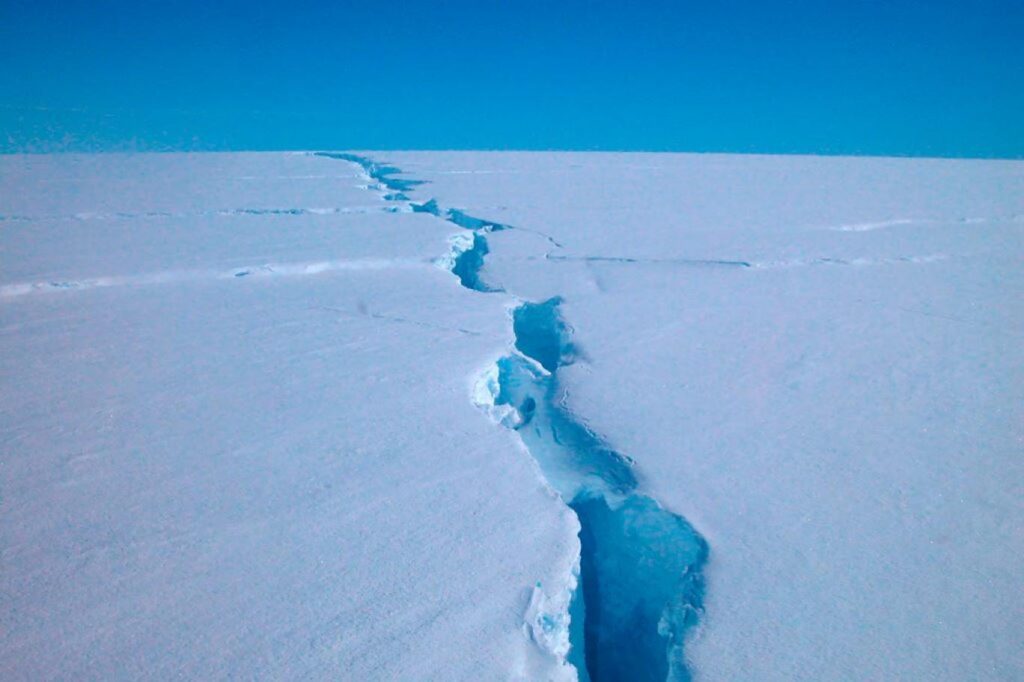An environmental study revealed that the impact of climate change on Antarctica, known as “Antarctica”, threatens nearly 97% of the living creatures that live in the frozen continent, and even their extinction by the year 2100.
The study, published Sunday in the journal PLOS Biology, indicated that there is a need to mobilize efforts to preserve the environmental diversity in Antarctica, and that saving approximately $ 23 million annually would be sufficient to implement basic strategies to reduce the threat to Antarctica. and that this value would contribute to saving approximately 84 percent of the continental birds, mammals, plants and other creatures that have inhabited the continent for thousands of years.
The study showed that climate change is the greatest threat facing plants and rare organisms on that continent, including seabirds, emperor penguins, Adel penguins and other microbial and invertebrate organisms.
The study highlighted the paramount importance of preserving biodiversity in Antarctica, as it provides valuable services to the planet and humans. Antarctica helps regulate the global climate through ocean currents and cold sea currents that reduce the coastal air temperature in hot regions, in addition to Absorption of carbon dioxide, in addition to its role in regulating climate patterns on Earth’s surface.
The study added that the issue of enhancing financing for the preservation of the environment and biodiversity topped the agenda of the United Nations Summit on Biodiversity “COP 15” in Montreal, Canada, last week. Where it was agreed to support spending on environmental conservation projects, and that the strategies needed to preserve the Antarctic continent are estimated at $ 23 million annually until the year 2100, equivalent to a total of $ 2 billion until that time, while the cost of restoring endangered species in Australia after the fire reaches The massive threat that threatens its forests is worth $2.1 billion annually.












